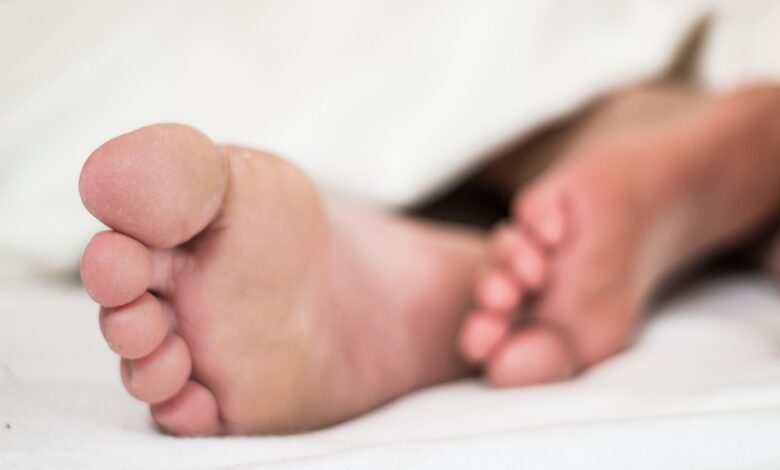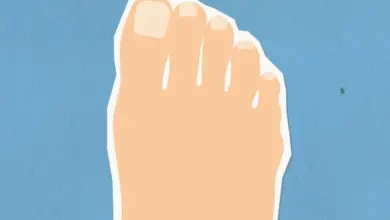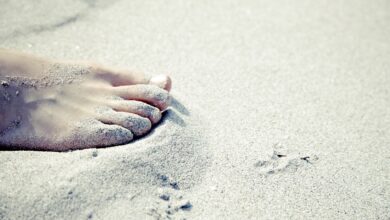
1. Athlete’s Foot (Tinea Pedis)
Overview: Athlete’s foot is a common fungal infection that affects the skin of the feet, particularly between the toes. It is caused by dermatophytes, a type of fungus that thrives in warm, moist environments.
Symptoms:
- Intense itching
- Redness and scaling
- Blisters and cracking of the skin
- Burning sensation
Treatment:
- Antifungal creams and powders
- Keeping feet dry and clean
- Wearing breathable footwear
- Avoiding walking barefoot in communal areas
2. Contact Dermatitis
Overview: Contact dermatitis occurs when the skin reacts to a substance it comes into contact with, resulting in an allergic or irritant reaction. Common triggers include soaps, detergents, shoes, and certain fabrics.
Symptoms:
- Itchy, red rash
- Dry, cracked skin
- Blisters in severe cases
- Swelling and tenderness
Treatment:
- Identifying and avoiding the irritant or allergen
- Using topical corticosteroids to reduce inflammation
- Applying moisturizers to soothe the skin
- Taking antihistamines for allergic reactions
3. Eczema (Atopic Dermatitis)
Overview: Eczema is a chronic skin condition characterized by dry, itchy, and inflamed skin. It can affect various parts of the body, including the feet. The exact cause of eczema is unknown, but it is believed to be linked to genetic and environmental factors.
Symptoms:
- Persistent itching
- Red, inflamed patches of skin
- Thickened, cracked, or scaly skin
- Small, raised bumps that may leak fluid
Treatment:
- Using moisturizers to keep the skin hydrated
- Applying topical corticosteroids to reduce inflammation
- Avoiding triggers such as harsh soaps, stress, and allergens
- Taking oral medications for severe cases
4. Psoriasis
Overview: Psoriasis is an autoimmune condition that accelerates the life cycle of skin cells, leading to the buildup of cells on the skin’s surface. This can cause itchy, scaly patches, including on the feet.
Symptoms:
- Red patches of skin covered with silvery scales
- Dry, cracked skin that may bleed
- Itching and burning sensation
- Thickened, pitted, or ridged nails
Treatment:
- Topical treatments such as corticosteroids, vitamin D analogues, and salicylic acid
- Phototherapy (light therapy)
- Systemic medications for severe cases
- Moisturizers to reduce dryness and scaling
5. Dry Skin (Xerosis)
Overview: Dry skin, or xerosis, can cause itching and discomfort, particularly on the feet. It can be due to environmental factors, such as cold weather or low humidity, as well as frequent bathing or certain medical conditions.
Symptoms:
- Itching and flaking
- Red, irritated skin
- Rough, scaly patches
- Cracked skin, especially on the heels
Treatment:
- Regularly applying moisturizing creams or lotions
- Avoiding hot showers and using lukewarm water instead
- Using gentle, fragrance-free soaps and cleansers
- Wearing socks and shoes that allow the skin to breathe
6. Peripheral Neuropathy
Overview: Peripheral neuropathy is a condition resulting from damage to the peripheral nerves, often causing weakness, numbness, and pain in the extremities, including the feet. It can also lead to itching.
Symptoms:
- Tingling or burning sensation
- Sharp, jabbing pain
- Muscle weakness
- Loss of coordination and balance
Treatment:
- Managing underlying conditions, such as diabetes
- Medications to relieve nerve pain
- Physical therapy to improve strength and coordination
- Use of orthotic devices to support feet
7. Insect Bites and Stings
Overview: Insect bites and stings can cause localized itching and irritation. Common culprits include mosquitoes, fleas, bedbugs, and spiders.
Symptoms:
- Redness and swelling at the site of the bite or sting
- Itching and discomfort
- Small, raised bumps or blisters
- In some cases, a rash
Treatment:
- Washing the affected area with soap and water
- Applying an ice pack to reduce swelling and itching
- Using topical antihistamines or corticosteroids
- Taking oral antihistamines for severe reactions
Less Common Causes
1. Scabies
Overview: Scabies is a highly contagious skin condition caused by tiny mites that burrow into the skin. It can cause intense itching, especially at night.
Symptoms:
- Severe itching
- Red, raised bumps or blisters
- Thin, irregular burrow tracks
- Skin rash
Treatment:
- Prescription topical scabicides
- Washing clothing, bedding, and towels in hot water
- Vacuuming living areas to remove mites
- Treating all close contacts to prevent reinfestation
2. Liver Disease
Overview: Liver disease can lead to a buildup of bile salts in the skin, causing itching. This type of itching is usually generalized but can sometimes be more pronounced on the feet.
Symptoms:
- Persistent itching without a rash
- Jaundice (yellowing of the skin and eyes)
- Dark urine and pale stools
- Fatigue and weakness
Treatment:
- Managing the underlying liver condition
- Medications to reduce bile salts in the skin
- Topical treatments to relieve itching
- Regular monitoring by a healthcare professional
3. Kidney Disease
Overview: Chronic kidney disease can cause a buildup of waste products in the blood, leading to itching. This itching can be generalized or localized, including on the feet.
Symptoms:
- Persistent itching without a rash
- Fatigue and weakness
- Swelling in the legs and feet
- Changes in urination patterns
Treatment:
- Managing the underlying kidney condition
- Medications to reduce itching
- Dialysis in severe cases
- Dietary changes and lifestyle modifications
Itchy feet can result from a variety of causes, ranging from common conditions like athlete’s foot and contact dermatitis to less frequent issues such as liver or kidney disease. Identifying the underlying cause is crucial for effective treatment and relief. Maintaining good hygiene, wearing appropriate footwear, and using suitable skincare products can help prevent and manage many causes of itchy feet. If persistent itching occurs, it is advisable to seek medical advice to rule out more serious underlying conditions and receive appropriate treatment. By understanding the diverse factors that contribute to itchy feet, individuals can take proactive steps to alleviate discomfort and maintain healthy, itch-free feet.


